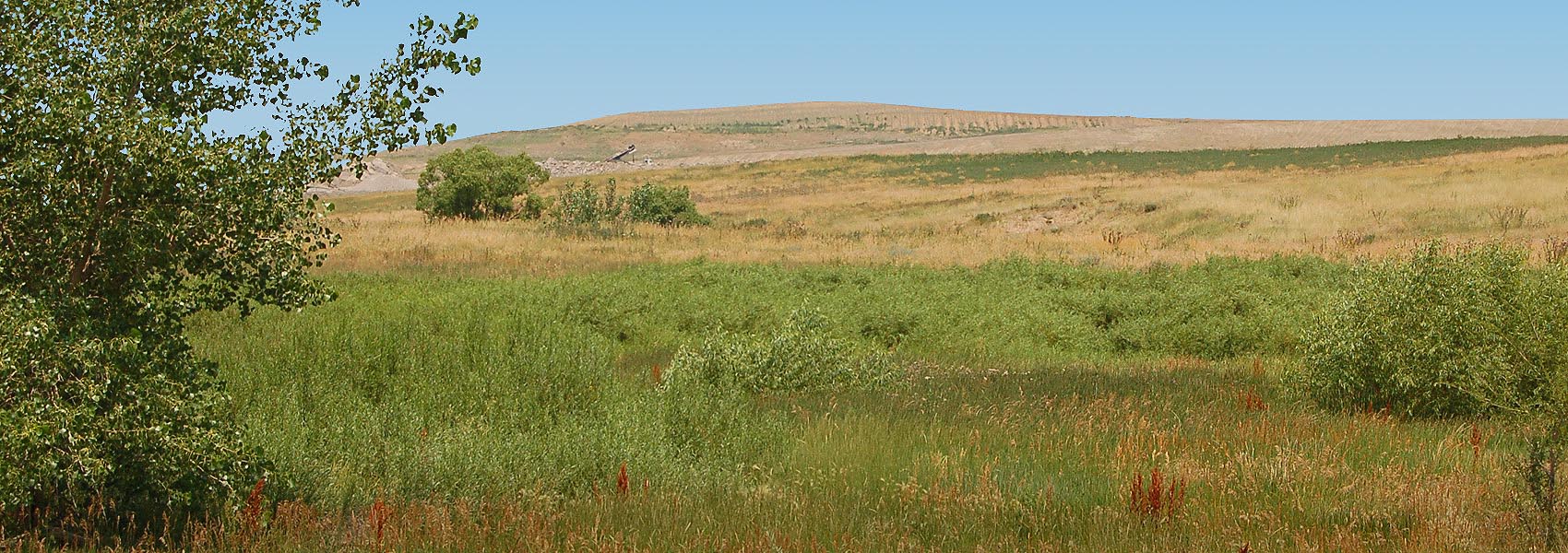
The 508-acre Lowry Landfill Superfund Site is near the intersection of Quincy Avenue and Gun Club Road in Arapahoe County. Owned by the City and County of Denver since 1964, the landfill accepted municipal and industrial liquid waste from businesses and residences in the Denver metro area until 1980. After that, it accepted only municipal waste until 1990, when it ceased landfill operations.
Contamination and Cleanup
In the last century, few people understood how industrial waste disposal might affect people’s health and the environment, and there were few federal and state regulations overseeing disposal. Waste disposed at Lowry Landfill in the 1960s and 1970s included an estimated 138 million gallons of liquid industrial wastes, including chemicals, solvents and sludges. Although disposal methods complied with the environmental regulations in effect at the time, it was determined that those wastes had contaminated soil and groundwater beneath the Site and produced landfill gases such as methane, carbon dioxide, and nitrogen.
Because contaminated groundwater had the potential to migrate off the Site and harm the environment, the EPA placed Lowry Landfill on its National Priorities List in 1984, which made the site eligible for cleanup under the Comprehensive Environmental Response, Compensation and Liability Act of 1980, otherwise known as “Superfund.” Since then, those responsible for contamination—including private businesses, municipalities, and state and federal agencies—have completed detailed environmental studies and remediation directed and overseen by the EPA.
Waste Types at Lowry
When it was an active landfill, the types of waste disposed at Lowry Landfill included industrial degreasers, paint, pesticides, hospital and veterinary waste, metal-plating waste, petroleum products, sewage sludge, tires and household refuse.
Although the landfill ceased municipal solid waste disposal operations in 1990, it remains active as a disposal site for inert wastes like asbestos, which is put into specifically designed disposal cells above the water table. The landfill is also authorized to receive inert building demolition wastes, but this has not yet occurred.

